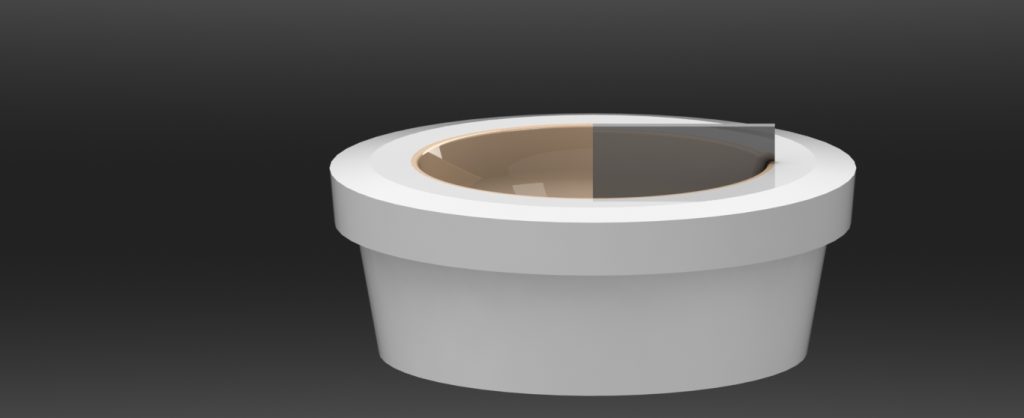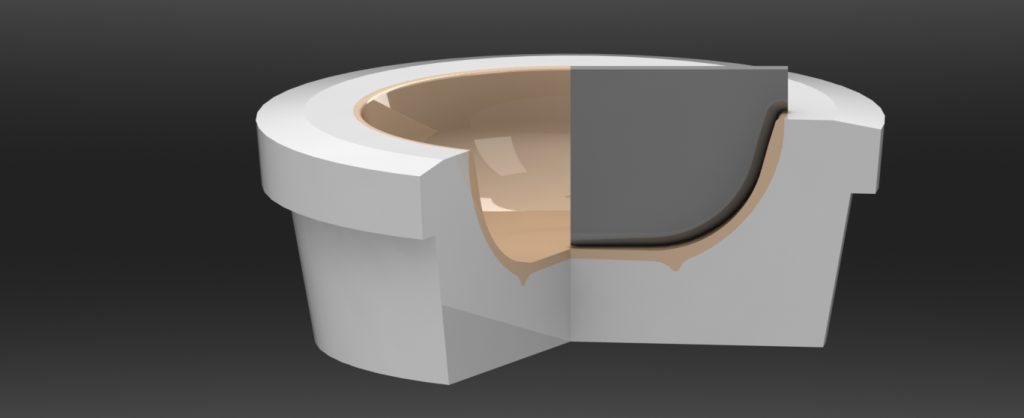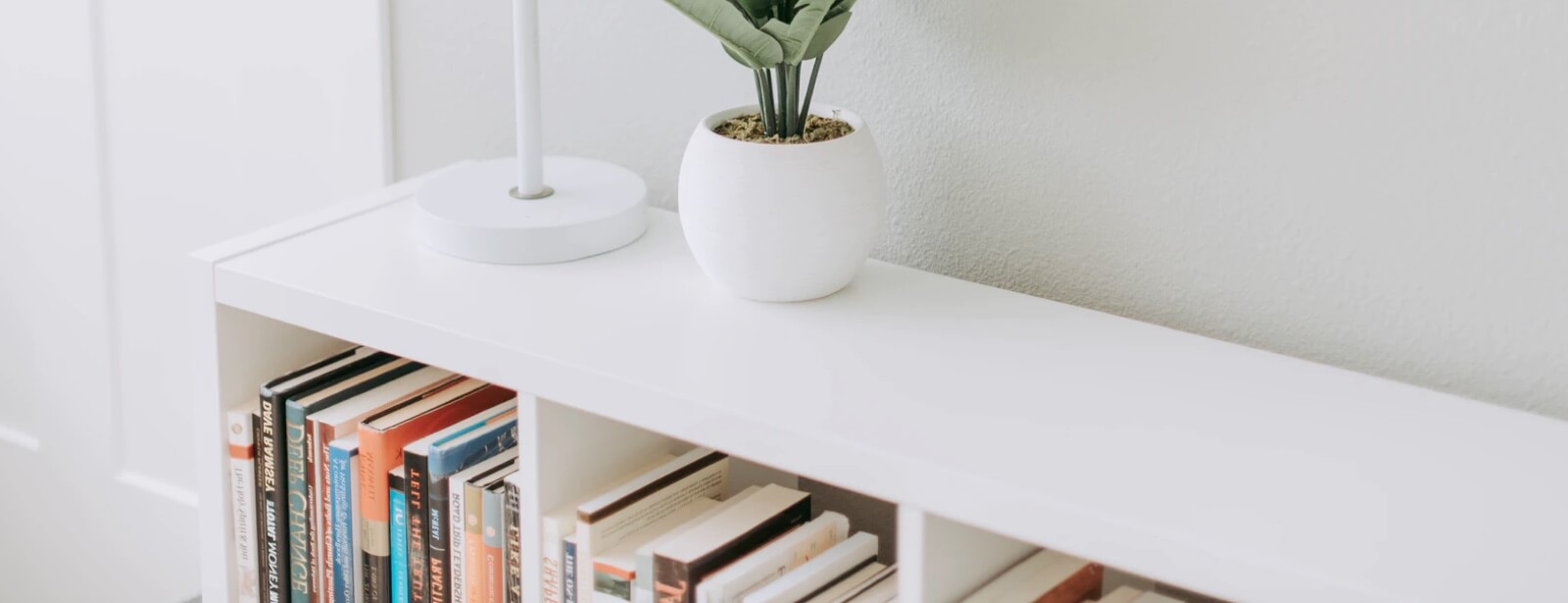Model
In the ceramic industry, “Model” is called a design of a piece, such as the London model teapot, and in the foundry industry, it is called a piece that is used to prepare sand molds into which the melt is casted, and it can be flat or free. In any case, the model is in the positive form of the piece.
Mould or Mold
It is in the negative form of the piece and it is used to produce the piece, such as plaster mold, die cast mold or injection mold.
Mother mould or Case mould
It refers to a part or a set of parts that is/are used to produce a plaster mold. The mother mold is in the positive shape of the piece and plaster mold components such as locks can be seen in it.
Jigger
It refers to a method that is used to produce flat round pieces with the help of shaping plastic clay, and in which the clay is in contact with a plaster mold from the inside of the piece and in contact with a metal blade at the back of the piece.


Jolly
It refers to a method that is used to produce deep round pieces with the help of shaping plastic clay, in which the clay is in contact with the plaster mold from the base side and in contact with a metal blade on the inside of the piece.


Rollerhead
In the advanced Jigger and Jolly method, instead of a metal blade, a rotating metal or PTFE stencil is used, which shapes the plastic clay while rotating. (Yellow arrow)
Spindle
A piece on which the plaster mold is placed and the forming process is performing while the mold is rotating is called spindle. (Red arrow)

Base Part
It is called a part of a gypsum mold set, which is placed between the two left and right parts of the mold and usually forms the bottom of the part. (Green arrow)
Top Part
It is called a piece of a gypsum mold set that is placed on the two left and right sides of the mold and usually forms the top of the piece or rim of hollow casting parts. ( Blue arrow)

Ring
It is called a piece of the case mold that forms the back of plaster molds.

